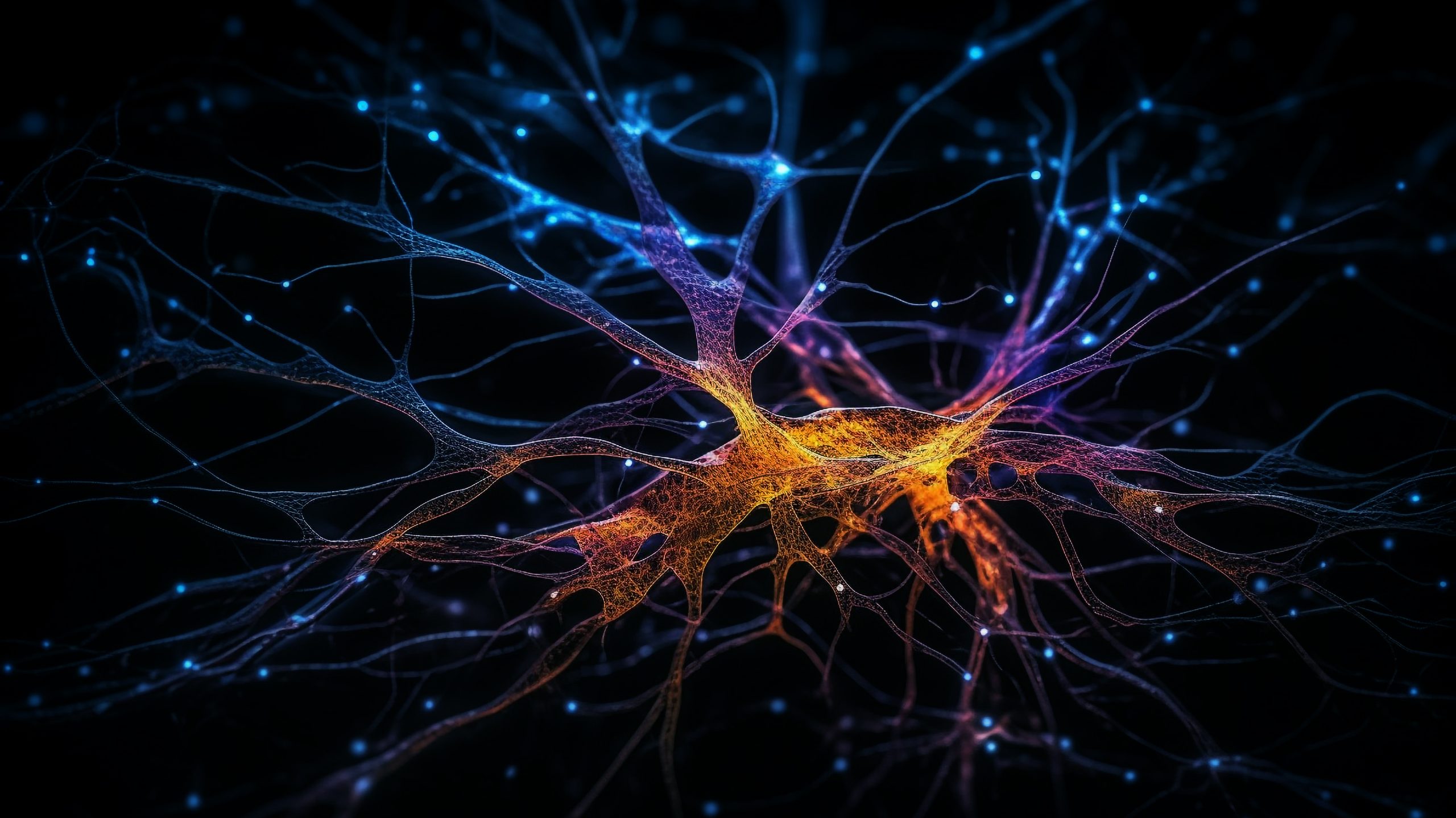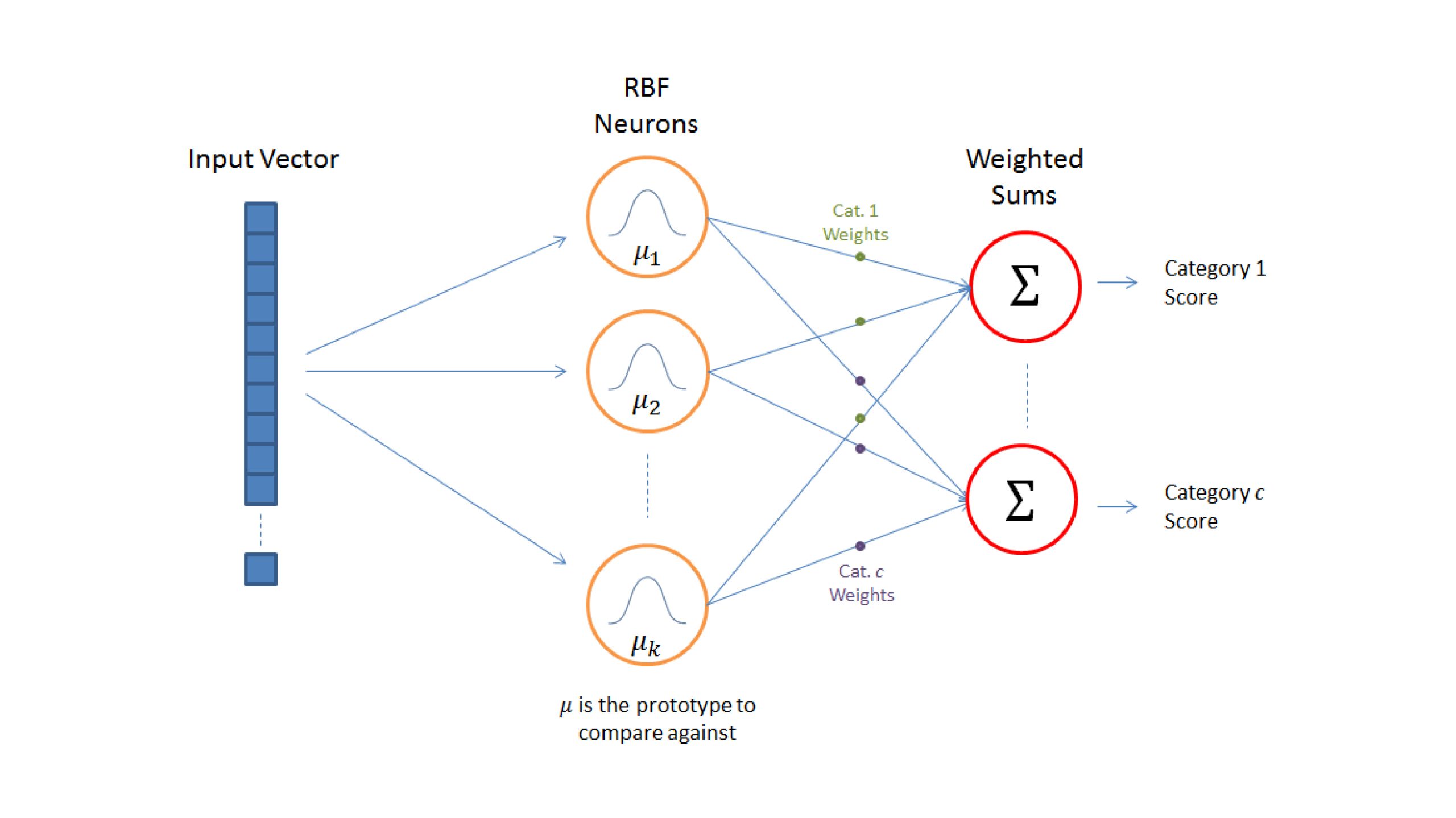Introduction
Radial basis function neural networks (RBFNNs) are a type of neural network that uses radial basis functions for activation. They are effective in applications such as pattern recognition, interpolation, and time series forecasting. Unlike conventional neural networks that employ different activation functions across multiple layers of neurons, RBFNNs feature a unique structure that improves their performance in specific situations.

General description
- Basics of radial basis function neural networks (RBFNN).
- Recognize the components that make up RBFNN.
- Learn the uses of RBFNN.
- Learn the role of radial basis functions in neural networks.
Radial basis functions Neural networks

Components and architecture
RBFNN It consists of three layers: the input layer, the hidden layer with radial basis functions, and the output layer.
- Input layer: This layer takes the initial data and passes it to the hidden layer.
- Hidden layer: Each neuron acts as the core of the RBFNN and uses a radial basis function on the input data. Typically, a Gaussian function is used. The output of each neuron represents the distance between the input vector and the center of the neuron, modified by the radial basis function.
- Output layer: This layer generates the final output of the network, which usually fuses the outputs of the hidden layer through a weighted sum.
Read also: Introduction to Neural Networks in Machine Learning
Radial basis functions
Radial basis functions (RBF) are used to calculate distances. Among them, the Gaussian function is the most commonly used and is defined as:

Where x is the input vector, c is the center of the RBF, and sigma is the spread parameter. The RBF measures how close the input is to the center c.
Other types of RBF include the multiquadratic function and the inverse multiquadratic function. The choice of RBF can affect the network performance, but Gaussian function It is generally preferred for its gentle, localized properties.
RBFNN Formation
Training an RBFNN involves determining the parameters of the radial basis functions (centers and spreads) and the weights of the output layer. This is typically done in two stages:
- Determination of centers and differentials: Centers can be selected using methods such as k-means clustering, where each cluster center becomes the center of an RBF. Distances are often determined based on the distances between centers.
- Learning weights: Once the centers and distributions are fixed, the output layer weights can be learned using linear regression techniques. This makes training RBFNNs relatively fast compared to traditional neural networks.
Applications of RBFNN
RBFNNs have wide application due to their ability to approximate complex functions and handle non-linear data. Some common applications include:
- Pattern Identification: RBFNNs excel at identifying patterns within data sets, making them ideal for image and voice identification.
- Continuous function estimation: They are good at estimating continuous functions, which benefits applications such as curve fitting and surface modeling.
- Time Series Data Forecast: RBFNNs can forecast future data in time series, which helps in financial market predictions and also in weather forecasting.
Read also: Deep Learning 101: A Beginner's Guide to Neural Networks
Conclusion
RBFNNs help to handle non-linear data and perform tasks such as pattern recognition, function approximation, and time series forecasting. These networks use RBFs to deliver accurate and effective results in numerous machine learning scenarios. Gaining insight into their structure, training methodology, and applications can help successfully deploy RBFNNs for various computational challenges.
Frequent questions
Answer: An RBFNN consists of three main components: the input layer, the hidden layer with radial basis functions, and the output layer.
Answer: RBFNNs offer advantages such as the ability to handle non-linear data, fast training due to linear weight optimization, and effectiveness in pattern recognition and function approximation tasks.
Answer: Centers are often selected using clustering methods such as k-means, while spreads can be determined based on the distances between centers.
Answer: Gaussian functions measure the distance between the input vector and the center of the radial basis function, transforming this distance to produce the output of the hidden layer neuron.
Answer: RBFNNs are used in function approximation and time series prediction due to their ability to handle non-linear data and approximate complex functions.






